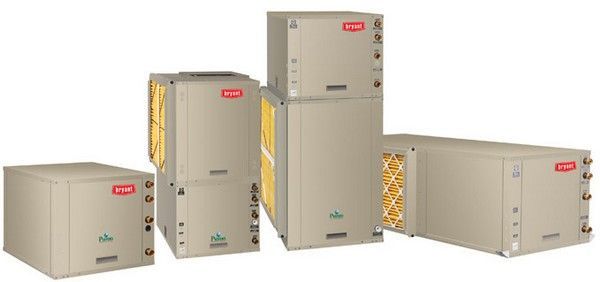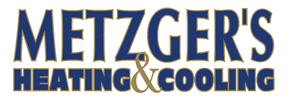Geothermal Heat Pumps in Kalamazoo, MI
According to the U.S. Environmental Protection Agency (EPA), geothermal heat pump systems are "the most energy-efficient, environmentally clean, and cost-effective space conditioning systems available today." Save up to 30% on a new geothermal system with a federal tax credit! Give us a call in Kalamazoo, MI, at 269-385-3562 to learn more!
Advantages of Geothermal Heating
Extremely high levels of efficiency are possible because a geothermal heat pump only uses electricity to move heat, not produce it. A geothermal heat exchanger typically supplies 4 kilowatts of heat for every kilowatt of electricity. Three of these kilowatts of heat come directly from the Earth itself and are clean, free, and renewable. A geothermal heat pump uses mild ground temperatures (geothermal energy) for extremely high-efficiency cooling. Most geothermal heating systems also include a hot water generator, which diverts some of the supplied heat to the domestic water heater. This hot water generator provides a substantial portion of a family's hot water needs at a low cost. Geothermal heating technology offers any system's highest cooling and heating efficiency today.
In addition to Bryant, we carry a complete line of Bosch geothermal and water furnace geothermal systems.
What is Thermal Energy? See How it Works.
Geothermal energy comes from heat that is stored in the Earth's core. The Earth's core is boiling, as seen from volcanoes, hot springs, and geysers. Although we don't have volcanoes or hot springs here in Michigan, the temperature remains 50-55 degrees, just a few feet under the ground, even during winter. A geothermal furnace heats your home by utilizing this constant energy source.
Geothermal Energy Pros and Cons
Pro: Geothermal energy is renewable and sustainable, meaning that geothermal energy is replenished naturally and won't run out within the foreseeable future.
Pro: Geothermal energy is a clean, environmentally friendly energy source.
Pro: Geothermal heating and cooling systems are exceptionally efficient, often saving up to 80% on home heating and cooling bills.
Con: The up-front cost of installing a geothermal system cost more than a conventional heating and cooling system.
Con: Installation options may be limited based on lot features. For instance, a horizontal geothermal loop system that requires a wide area may not be an option for a home built on a city lot. If you want it, though, there is often another geothermal design (such as a vertical loop) that may still be an option.
Geothermal Energy Facts
When your home needs to be heated, earth-temperature water is drawn into the geothermal furnace, and the heat is compressed to a higher temperature. In a typical closed-loop system, the water circulates back through the loop system and absorbs more heat from the Earth. In Michigan, geothermal energy can be used not just for heating but also for cooling since the temperature of the Earth is warmer than the air during winter but colder than the air during summer. The flow and temperature compression are reversed each season to heat or cool your home. There are several different configurations for a geothermal heating and cooling system. Horizontal and vertical loop systems use a series of water-filled pipes that absorb heat from or dissipate it into the surrounding Earth. Open loops can use a water supply, and pond loops have a pipe system in a lake or pond through which the water circulates.

Contact Us
Call our friendly and knowledgeable team at 269-385-3562 for a free estimate on your geothermal heat pump system.





